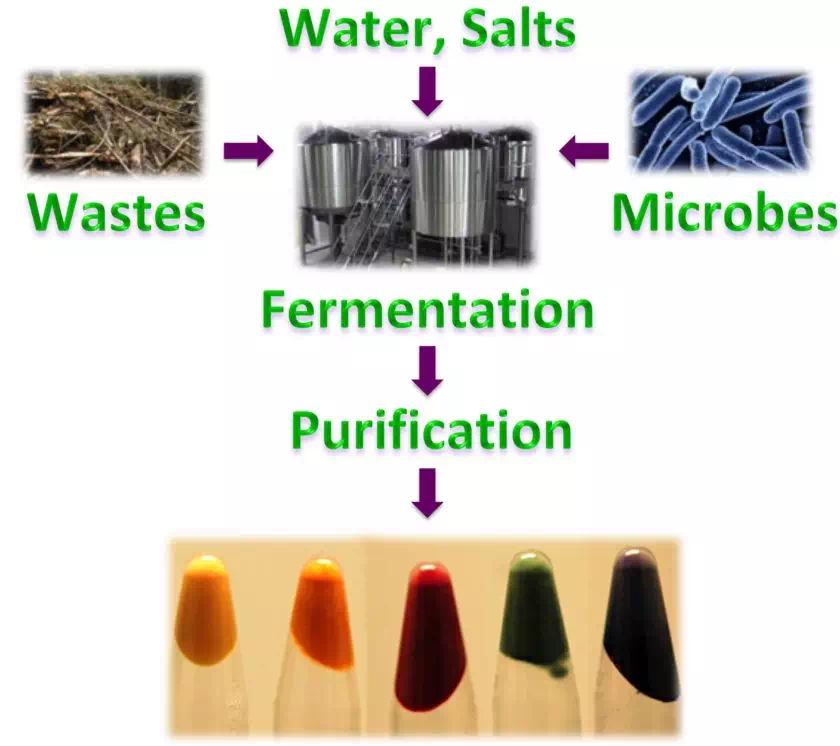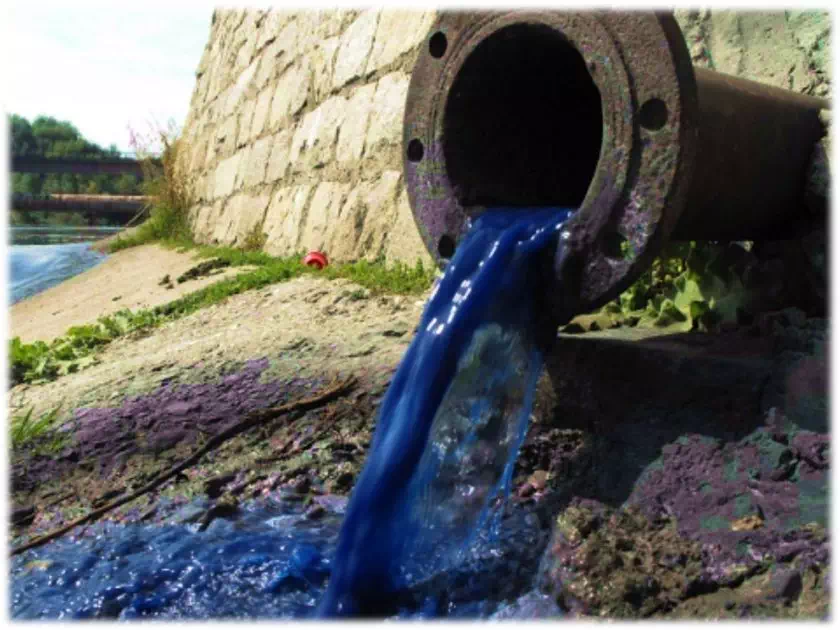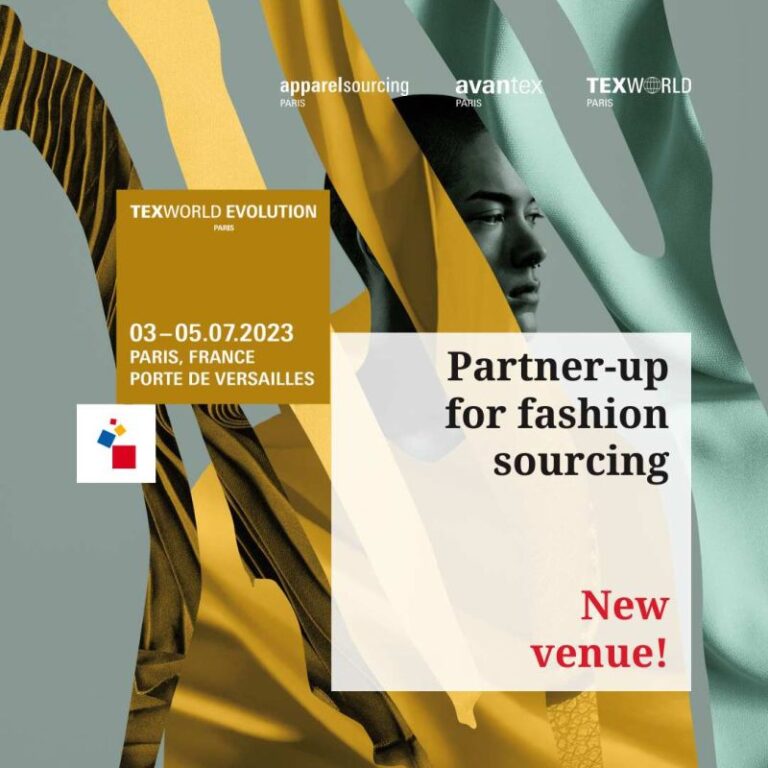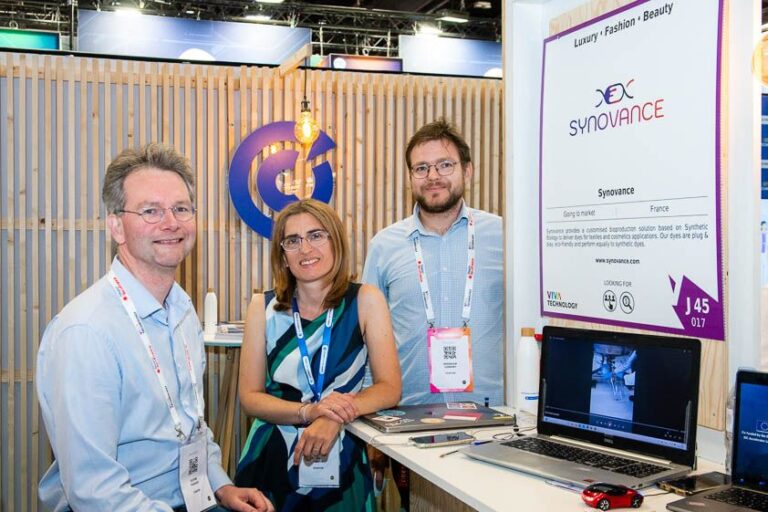Synovance is a biotechnology company, incubated at Genopole (Evry) and Station F (Paris)
Our goal addresses three global issues: sustainability, pollution, and waste management
Synovance uses engineered microbes to convert industrial waste into high value chemicals and enzymes. Currently at Synovance, we are developing solutions for the environmental problems facing the textile industry.
The textile dyeing industry uses hundreds of chemicals, many of which are toxic and cannot be removed from their processes. More generally, the manufacture of these chemicals is harmful to the environment because organic solvents and metal catalysts [1] are used (these compounds are toxic and highly polluting). In fact, it is estimated that the textile dyeing industry is responsible worldwide for 20% of the industrial freshwater pollution. This is an appalling legacy that dyeing companies are seeking to turn around.
In contrast, our bioprocesses use water, salts, and sugars. Sugar is the most expensive component, but we obtain it from waste streams that typically go to landfills. This reduces our costs and environmental footprint.

Lab produced dyes from wastes
How is the conversion achieved?
Our catalysts are harmless microbes that grow in salty water by fermenting sugar. We use proprietary technologies to change the expression ofproteins within these microbes. This allows them to use the waste and to produce the useful compounds, for example textile dyes.
How are these microbes given new instructions?
We introduce into the cell an additional chromosome that carries all of the necessary functions. This is where the power of our Synthetic Genomics Platform comes in to play, designing and building these additional chromosomes.
Circular economy
In summary, in the spirit of the circular economy, an industrial waste stream that would go to landfill is now diverted to produce useful compounds by an eco-friendly bioprocess.
[1]..a catalyst is a chemical reaction accelerator.




